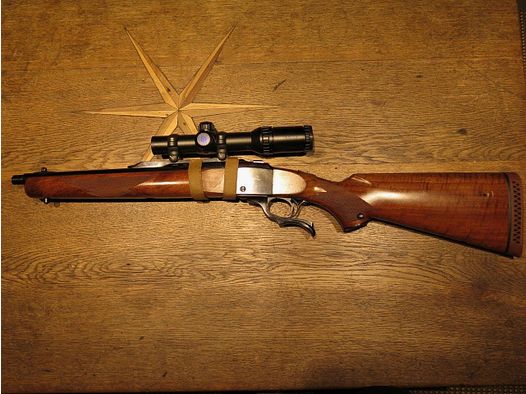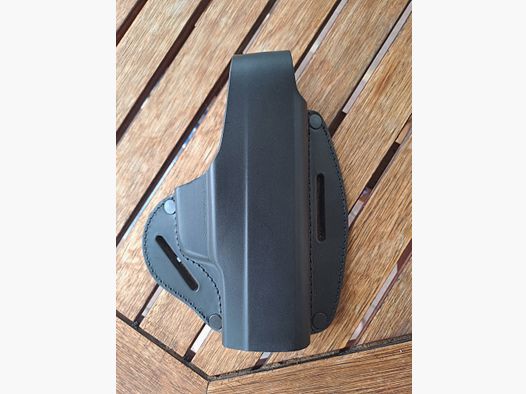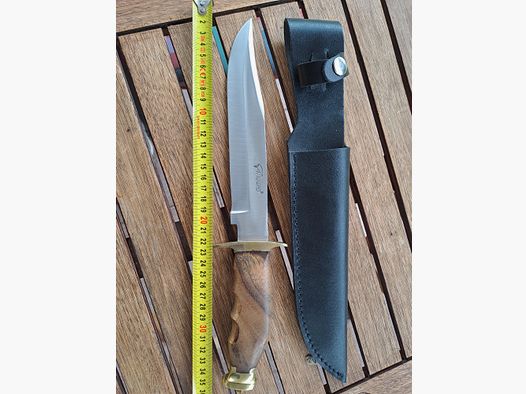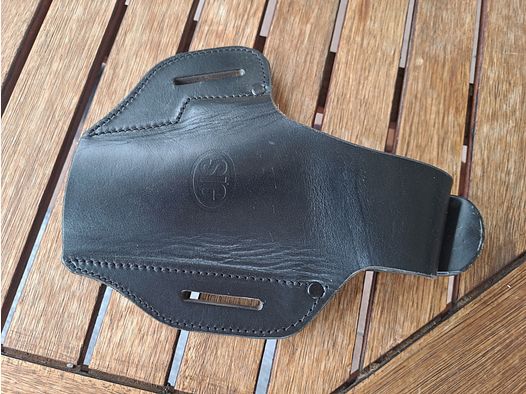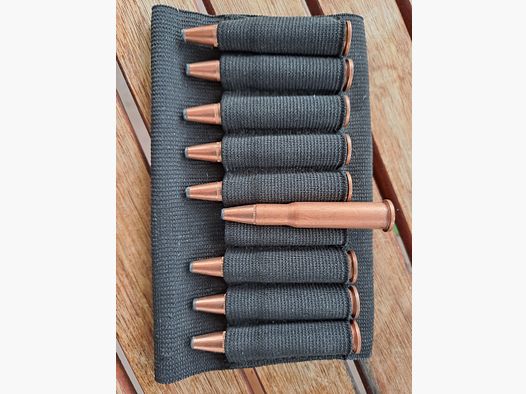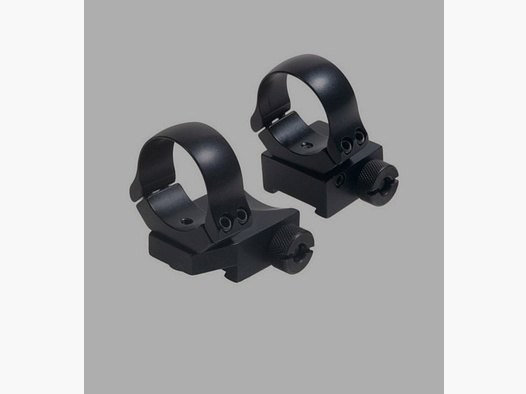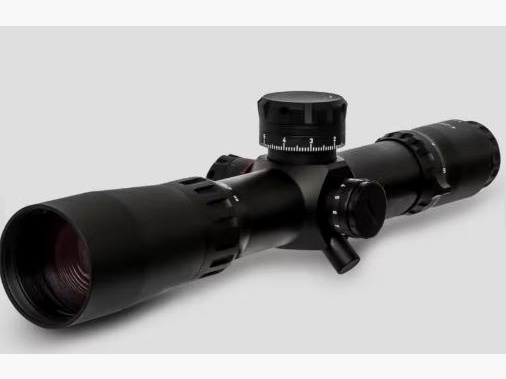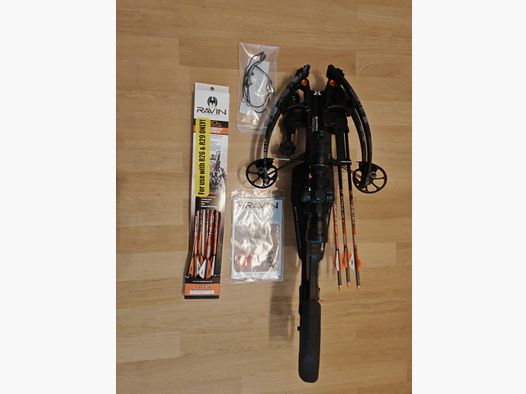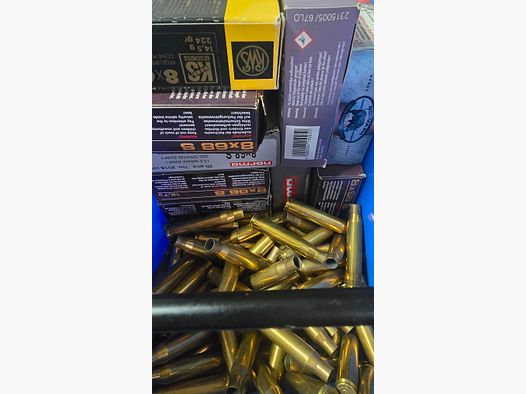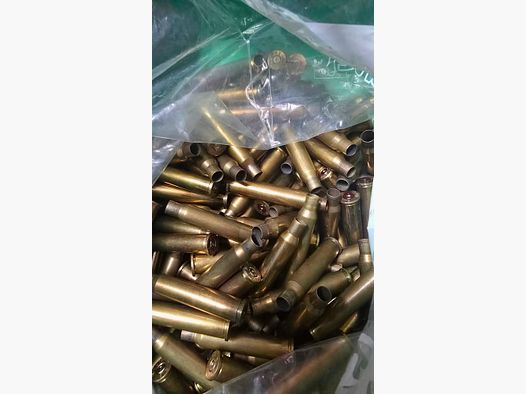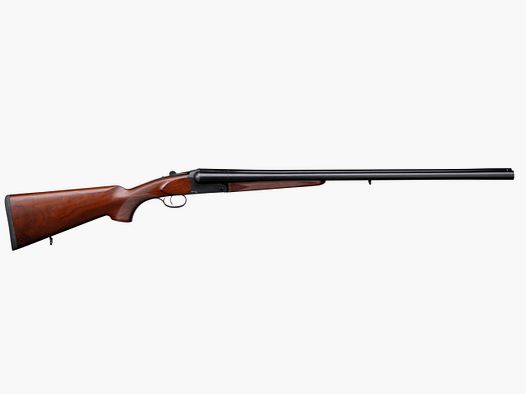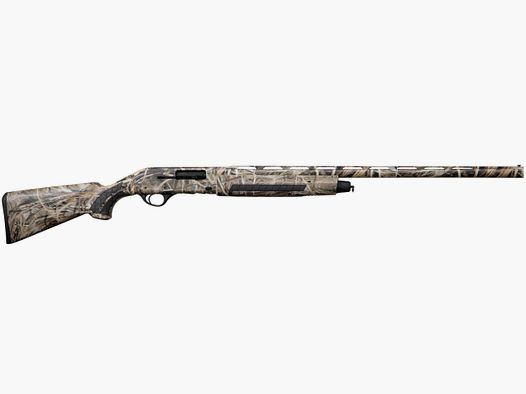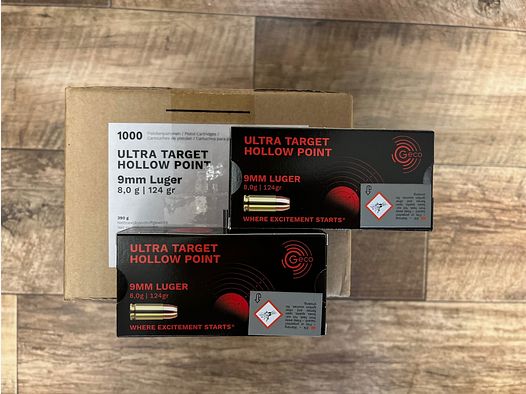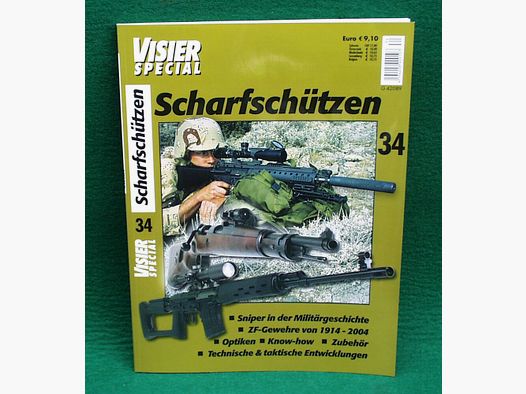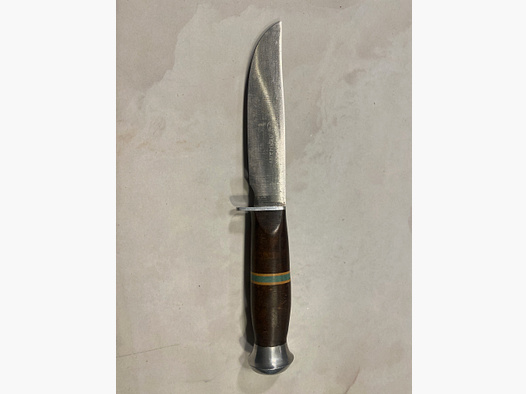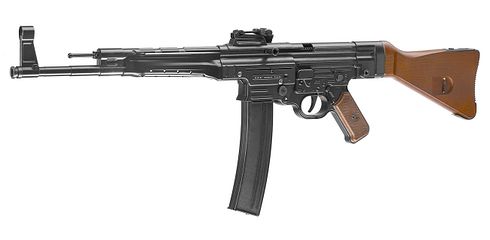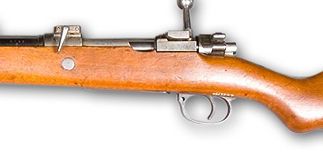The MP40, an abbreviation for "Maschinenpistole 1940" (submachine gun 1940), is one of the most iconic firearms of the 20th century and was widely used by the German armed forces during World War II. Developed as a successor to the MP38, the MP40 represented a series of improvements that made it an effective and reliable weapon for infantry units, especially for paratroopers, tank crews, and officers on the front lines.
Development History
The development of the MP40 was based on experiences gained with the earlier MP38. While the MP38 was still largely made of machined steel, making it expensive and time-consuming to produce, the MP40 utilized more stamped metal parts and welded connections, simplifying and speeding up production. The MP40 was designed by Heinrich Vollmer and manufactured by the company Erma Werke, with production starting in 1940 and continuing until the end of World War II in 1945.
Technical Specifications
- Caliber: 9mm Parabellum
- Weight: Approximately 4 kg (empty)
- Length: About 630 mm with the stock folded, 833 mm with the stock extended
- Magazine Capacity: 32 rounds
- Rate of Fire: About 500 rounds per minute
- Effective Range: About 100 to 200 meters
The MP40 was designed as a submachine gun and fired from a closed bolt, which increased its accuracy in automatic fire mode. It featured a simple and robust mechanism that made it reliable under the harsh conditions of the battlefield.
Design Features
The MP40 is particularly known for its distinctive appearance, including the forward-folding stock, which gave it a compact shape for transport. The weapon was primarily made of metal, with few plastic parts like the grip panels, enhancing its durability under combat conditions. A characteristic feature was also the absence of a fire selector; the MP40 could only fire in fully automatic mode, forcing the shooter to conserve ammunition through short bursts.
Use in World War II
The MP40 was used on all fronts of World War II and gained a considerable reputation among both friends and foes. It was used by regular German units as well as SS troops, paratroopers, and special forces. Due to its reliability, ease of use, and effective firepower, it became one of the most iconic weapons of the war.
Legacy
After the war, the MP40 saw use in various conflicts and with numerous armed forces worldwide. Its design and influence can be seen in many later developed submachine guns. Today, the MP40 is a sought-after collector's item and a popular weapon for historical reenactments. Its distinctive design and history have also made it a frequent object in films, video games, and books about World War II.
In summary, the MP40 was a revolutionary development in 20th-century weapon technology, whose design principles, combat efficiency, and cultural significance secure it a lasting place in military history.



